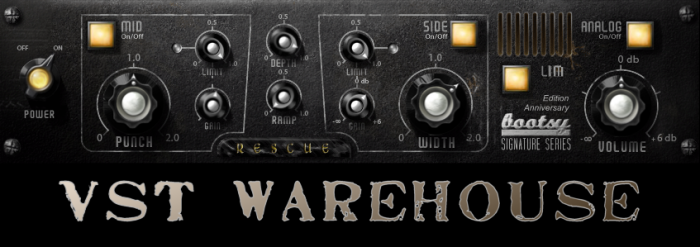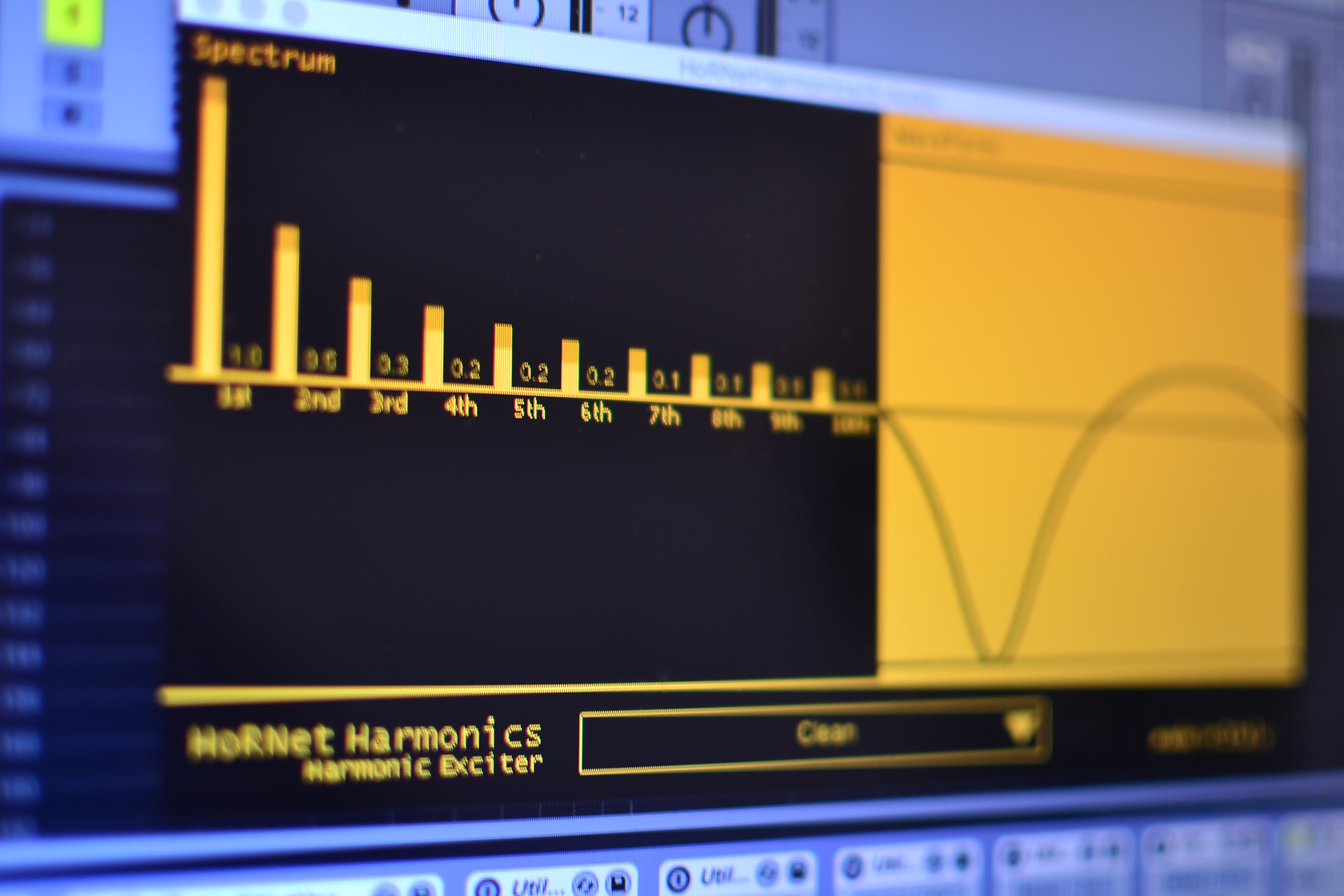
- Free Harmonic Enhancer Vst Plugin
- Free Harmonic Enhancer Vst Distortion
- Free Harmonic Enhancer Vst Plugins
- Free Harmonic Enhancer Vst Presets
Applications
XBass 4000 is a new and unique VST effect plug-in designed to facilitate the maximization the bass frequencies. The virtual circuits of the XBass 4000 combine two different algorithms in order to emphasize the bass spectrum of the track:-The psychoacoustic algorithm, BassEnhancer, that emphasizes the intensity of the audible bass content. Vitamin is a multiband harmonic enhancer that can make any track sound powerful and full of spark. Ideal for studio mixing and mastering and for live sound.
- Strong harmonic coloration
- Radical timbre changing
- Spectral saturation
- Sound design
- Stereo, mid-side, 5.1 surround plugin

Voxengo Shinechilla is an experimental creative sound effect AAX, AudioUnit and VST plugin for professional sound and music production applications. Shinechilla allows you to generate and blend 2nd, 3rd and 4th harmonics with the original dry sound. The harmonic generation process offered by Shinechilla is quite unique on the plugin market since it produces almost no intermodulation distortion.
Free Harmonic Enhancer Vst Plugin
Shinechilla is mainly usable for solo instrument processing where it literally “shines” by producing convincing and full-bodied harmonic coloration. Shinechilla is also unique in that it is able to add harmonic coloration on top of the sound instead of distorting the whole sound. However, the option to saturate the whole sound is also available.
The strength of harmonic coloration added by Shinechilla can be flexibly adjusted over the whole frequency range, for each harmonic. In overall, Shinechilla is a great tool for contemporary electronic music producers and sound designers looking for impressive timbres and sounds.
So here is another nice tool from my plug-ins folderThe Harmonic Enhancer.
This effect plug-in generates and adds harmonics to an existing recording or track. Or it just gives that little sparkle or 'airyness' necessary for a nice master.
It is especially useful for recordings that sound dull or muffy and where simple equalization doesn't help. You can't rise signal parts which don't exist. So we have to generate them. This is done by soft-clipping the high frequncy band like in a diode limiter and recombine this signal with the original.
Operation controls:
Enhancer Crossover Frequency controls the enhancer signal high frequency crossover. the default setting of 3.2kHz serves most purposes. you can lower it for very dull sources to give a more pronounced effect. or make it higher to generate only very slight or subtle super high freq harmonics.
Enhancer Drive controls the input level to the diode (soft clipping) limiter. more drive generates more harmonics and vice versa. see later in this post for correct drive levels.
Harmonic Generator Mode has two options, Even order and Odd order. Even is the default and mainly generates a strong second and lower 3rd, 4th etc harmonics. This gives 'nice' harmonics. In Odd mode only 3rd, 5th and 7th are generated. this gives harsher results and may be more suitable for certain sound material.
The Enhancer Noise Gate controls the switch off point at low levels to avoid unnessesary addition of noise. see level control in output mode paragraph. It works in lookahead mode and therefore dosn't cut the attack or initial transient.
With Enhancer Mix Level you can adjust how much of the generated harmonics get added to the original sound source. Typically you tend to add too much in the beginning, so if you find a suitable setting it's best to reduce it by another 1-2 dB.
With the Output Selector you can choose the different operation mode:
'Mix' is the normal opertion mode. This mixes the Enhanced Signal and the main signal together.
In 'Effect only' you can listen to the diode-clipped signal before addition to the main signal. nominal positive clip limit is -14dB regardless how far you push it by 'Enhancer Drive'. you will see and hear how more and more distortion is generated. if Drive level is too low the Enhancer is more a high-shelf equalizer and you don't get the desired effect of harmonic generation. see next mode for level settings. In this mode you can also hear the noise gate in action.
The 'Effect level' output mode is for adjusting the enhancer drive level. the optimum drive level range is between -18dB to -6dB with occasional peaks up to 0dB. If there are many peaks or constant signals higher than 0dB the enhancer will probably generate too much distortion. You can also hear the operation of the noise gate in this mode and adjust the noise gate threshold to your liking.
Free Harmonic Enhancer Vst Distortion
The idea of this harmonic enhancer is based on a hardware project published years ago in Elektor, an electronics magazine. because I really liked it to process dull tape recordings I thought it would be nice to have it in audacity too. so here it is. unfortunately my original hardware unit got stolen and I didn't rebuilt it since. there is one thing to mention, the implementation in the digital domain gives some restrictions (sample rate) that are hard to avoid. it's aliasing. this is a thing that doesn't happen in the analog domain. therefore when pushed too hard it will always sound harsher than it's analog counterpart. but I think it's still worthwile to release it here.Free Harmonic Enhancer Vst Plugins

Free Harmonic Enhancer Vst Presets
- enhancer.ny
- *** OLD VERSION***
- (2.95 KiB) Downloaded 1235 times